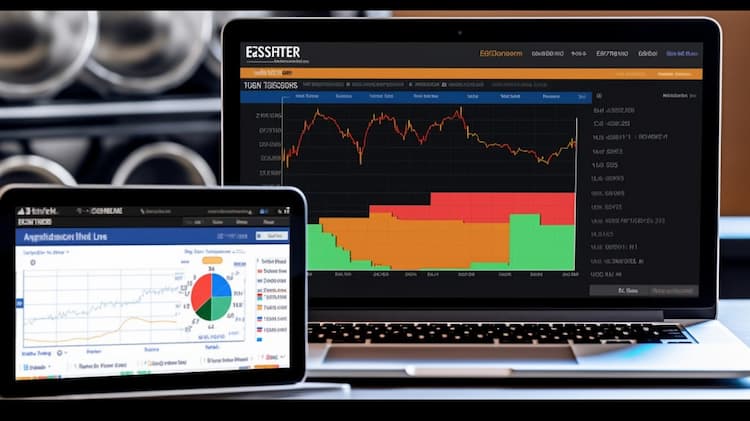Blog

What index does DVY track?
DVY tracks the Dow Jones U.S. Select Dividend Index. This index is designed to measure the performance of U.S. stocks that have a consistent history of dividend payments and meet certain dividend yield criteria. DVY aims to provide investors with exposure to high-quality dividend-paying companies within the U.S. market.

What is DVY ETF?
The DVY ETF, or the iShares Select Dividend ETF, is an exchange-traded fund that seeks to track the performance of the Dow Jones U.S. Select Dividend Index. This index is composed of U.S. stocks that have a consistent history of paying dividends, making DVY a popular choice for investors seeking income from their investments. The ETF provides diversification by investing in a broad range of dividend-paying companies across various sectors.

Can i use XLY to gain exposure
The XLY ETF, offers a convenient way to gain exposure to a broad range of consumer discretionary companies on an international scale.

What are the rIsks associated with investing in XLY?
Investing in XLY, which is the Consumer Discretionary Select Sector SPDR Fund, carries certain risks. One risk is the volatility of consumer discretionary stocks, which can be influenced by economic conditions, consumer sentiment, and trends in spending habits. Additionally, XLY is subject to market risks and fluctuations, including the performance of individual companies within the sector. Investors should carefully consider these factors before making any investment decisions.

What stocks are in XLY?
XLY, also known as the Consumer Discretionary Select Sector SPDR Fund, is an exchange-traded fund (ETF) that tracks the performance of companies in the consumer discretionary sector of the U.S. stock market. The ETF holds a diverse range of stocks from industries such as retail, media, travel, and leisure. Investors who want exposure to companies that are sensitive to consumer spending trends may consider investing in XLY as it provides a broad representation of this sector.

What Is XLY ETF?
The XLY ETF (Consumer Discretionary Select Sector SPDR Fund) is a prominent exchange-traded fund that offers investors exposure to the consumer discretionary sector. In this informative article, we delve into the composition and performance of the XLY ETF, exploring the specific industries and companies it represents. Gain insights into the potential benefits of investing in the consumer discretionary sector and understand how the XLY ETF can play a role in your investment strategy. Join us as we unravel the world of the XLY ETF and discover opportunities within the consumer-driven market.

What are the rIsks associated with investing in XLE?
Investing in XLE, which is the Energy Select Sector SPDR Fund, carries certain risks. One key risk is the volatility of the energy sector itself. Fluctuating oil prices, geopolitical tensions, and regulatory changes can significantly impact the performance of energy companies included in XLE. Additionally, the fund's performance is heavily influenced by the overall market conditions, as it tracks the energy sector of the S&P 500 Index. Investors should carefully consider these risks and conduct thorough research before investing in XLE.

Alternatives to XLE for investing energy sector
When considering alternative ETFs, it is important to review the fund's investment strategy, holdings, expense ratios, and historical performance.

What stocks are in the XLE?
The XLE, or Energy Select Sector SPDR Fund, is an exchange-traded fund (ETF) that aims to track the performance of the Energy Select Sector Index. This index comprises companies from the energy sector in the United States, including major integrated oil companies, exploration and production firms, as well as companies engaged in oil refining and marketing activities. Some of the notable stocks included in the XLE are Exxon Mobil Corporation (XOM), Chevron Corporation (CVX), and ConocoPhillips (COP). These companies play significant roles in the global energy market and are subject to various factors such as oil prices, geopolitical events, and environmental regulations that can impact their performance.